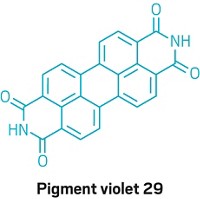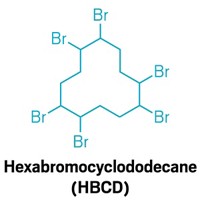Advertisement
Grab your lab coat. Let's get started
Welcome!
Welcome!
Create an account below to get 6 C&EN articles per month, receive newsletters and more - all free.
It seems this is your first time logging in online. Please enter the following information to continue.
As an ACS member you automatically get access to this site. All we need is few more details to create your reading experience.
Not you? Sign in with a different account.
Not you? Sign in with a different account.
ERROR 1
ERROR 1
ERROR 2
ERROR 2
ERROR 2
ERROR 2
ERROR 2
Password and Confirm password must match.
If you have an ACS member number, please enter it here so we can link this account to your membership. (optional)
ERROR 2
ACS values your privacy. By submitting your information, you are gaining access to C&EN and subscribing to our weekly newsletter. We use the information you provide to make your reading experience better, and we will never sell your data to third party members.
Environment
Problematic Plastic Tubing
July 28, 2014
| A version of this story appeared in
Volume 92, Issue 30
Anthony J. Papa’s experience in his doctor’s office concerning plastic tubing being altered by 4-methylcyclohexanemethanol (MCHM) ought to be expected (C&EN, May 26, page 4). Plasticizers are a major part of flexible plastic tubing, perhaps close to 50% of the total material.
In 1976, D. G. Crosby and I detailed problems with several plasticizers getting freed up and contaminating samples (Bull. Environ. Contam. Toxicol., DOI: 10.1007/bf01685891). The best known was and still is di(2-ethylhexyl) phthalate, listed as DEHP in the Merck Index. It and other such plasticizers should be easily extracted from plastic tubing by MCHM, so the results reported by Papa ought to be expected. Many other problems with escaping plasticizers continue unrecognized.
Our paper reported on finding that polychlorinated biphenyls were used to plasticize various window caulking materials. Wipes of window glass and marble facings on several buildings in San Francisco showed several PCBs present and smeared over large areas of building exteriors. Thousands of buildings could still be bleeding several types of plasticizers into the environment as the Environmental Protection Agency has never recognized the seriousness of this problem.
James Singmaster III
Davis, Calif.





Join the conversation
Contact the reporter
Submit a Letter to the Editor for publication
Engage with us on Twitter